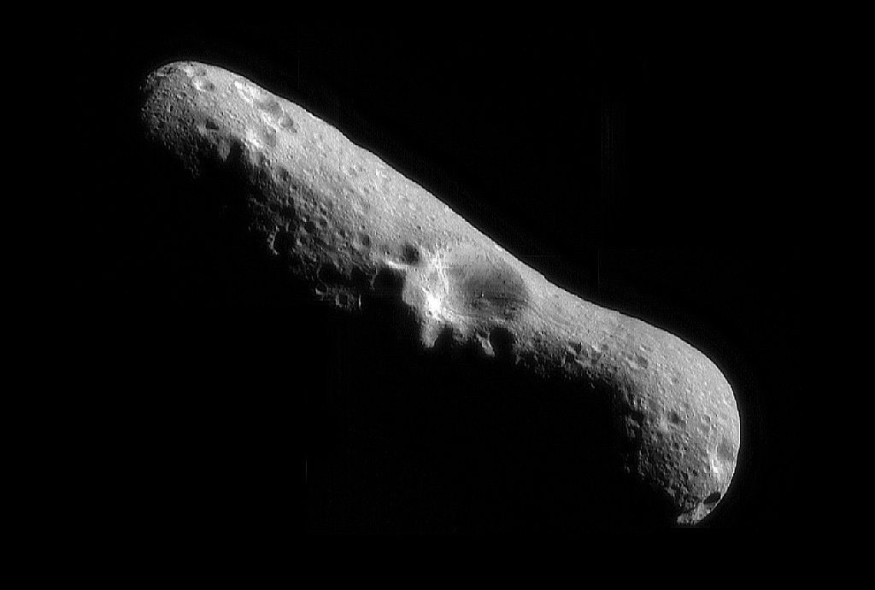Scientists have finally discovered when the Chicxulub asteroid that ended the existence of dinosaurs impacted Earth.
These new findings have brought researchers a step forward to discovering what was behind the extinction of some creatures and how the event took place.

When Did the Dinosaur-killing Asteroid Strike?
According to the new evidence discovered, the event might have taken place during spring. The asteroid struck during spring in the northern hemisphere which would be autumn in the southern hemisphere.
Researchers believe that climate change might have affected the ability of these creatures and species to recover especially in the northern hemisphere.
Uppsala University's paleontologist Melanie During said: "This crucial finding will help to uncover why most of the dinosaurs died out while birds and early mammals managed to evade extinction," according to Science Alert.
The dinosaurs were believed to have existed on earth during the Triassic period which was about 240 million years ago, the particular time when they started existing is still unknown but they are believed to have existed on earth for about 180 years.
Before the tragedy, there was different species with different sizes and shapes, from largest to the smallest, the herbivores to carnivores, flight (avian) and non-flight.
The disaster took about 70% of these creatures as they struggle to survive after the impact caused by the asteroid. This took place about 66 million years ago.
How Researchers Identified the Time of Impact
During the investigation on the time of the incident, the preserved fossils of filter-feeding sturgeons and paddlefishes were used as they can detect seasons similar to how the historic rings in the tree trunk method of detection, according to National Geographic.
Also, some evidence was found on the gills of fishes, the impact debris affected some of the marine life, lodged in the gills of some fishes.
This suggested the asteroid caused a huge impact that had caused instant death to some water creatures. This evidence was gathered at a Late Cretaceous deposit site known as Tanis in North Dakota where it was preserved for the experiment.
During one of the analysis on the fishes, carbon along with zooplankton that has been ingested was found. "The carbon isotope signal across the growth record of this unfortunate paddlefish confirms that the feeding season had not yet climaxed - death came in spring," according to During.
Why Numerous Animals were Affected
From the research, the time of the disaster - spring - was the season or time of the year for the reproduction of young offspring, which was the worst time of the year this incident could possibly take place.
This might have increased the number of species affected in the northern hemisphere unlike the species in the southern hemisphere.
According to researchers, these new findings has thrown more light on how climate change also played a role in the extinction of these species and not just the asteroid.
For more news, updates about asteroid and similar topics don't forget to follow Nature World News!
© 2026 NatureWorldNews.com All rights reserved. Do not reproduce without permission.





